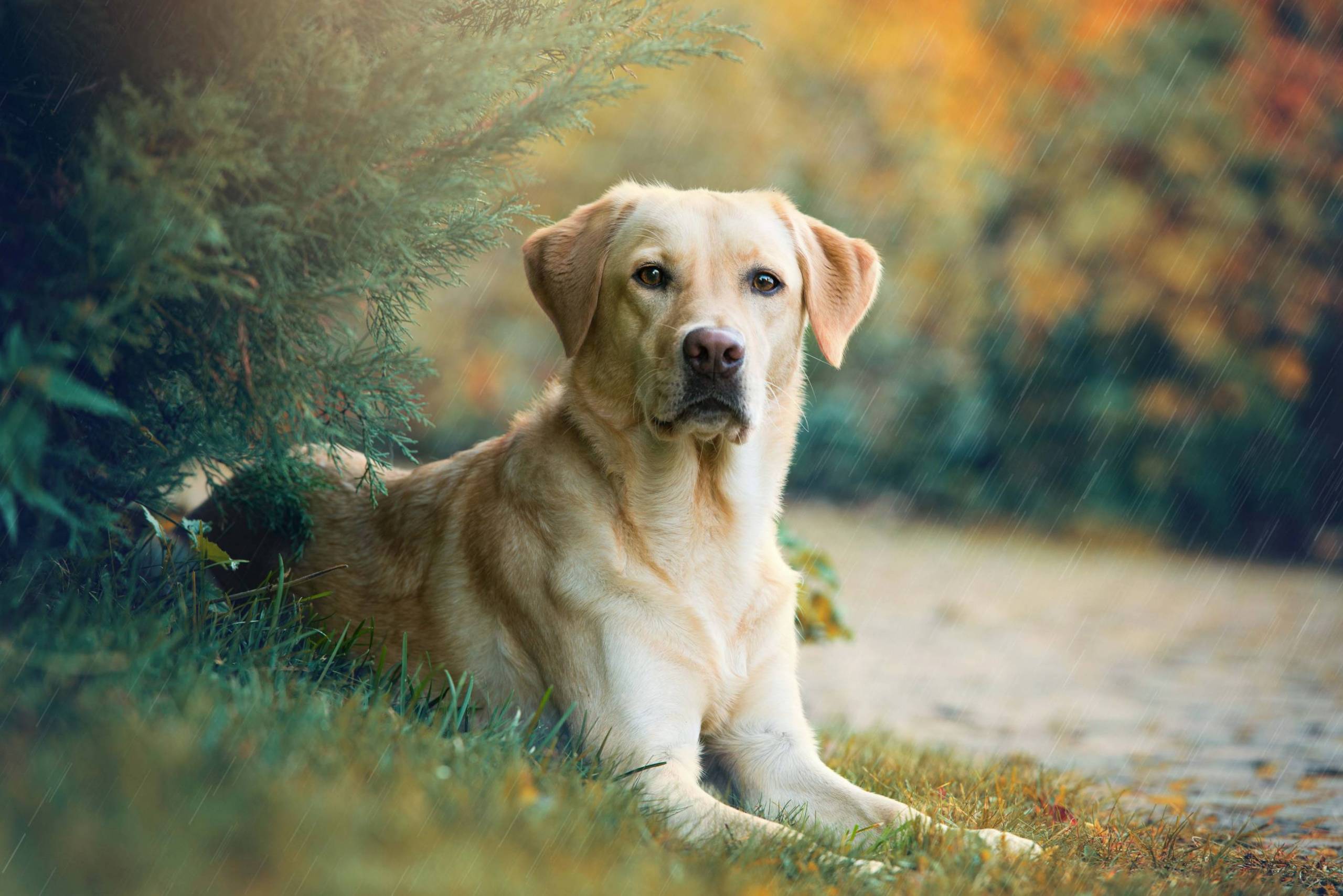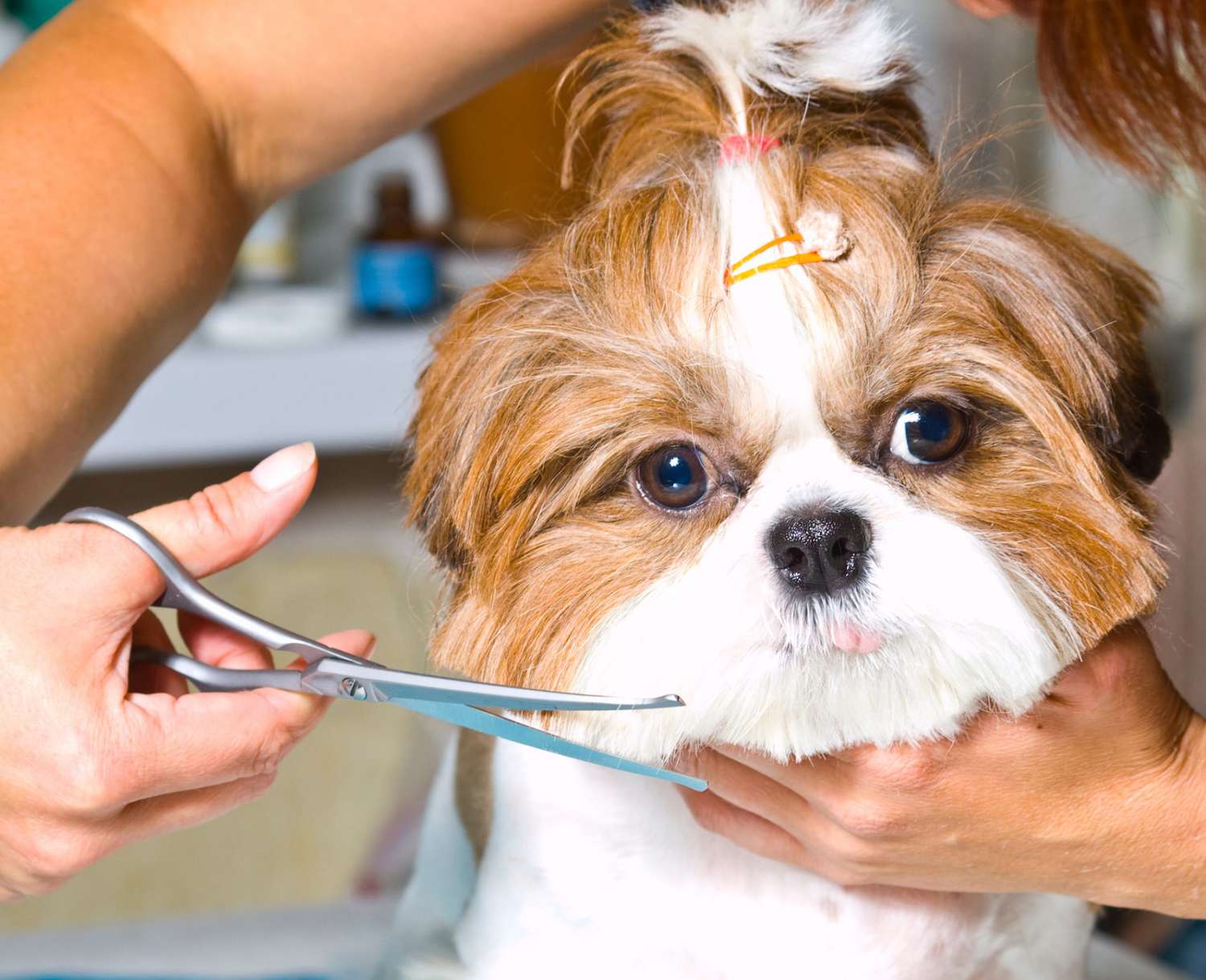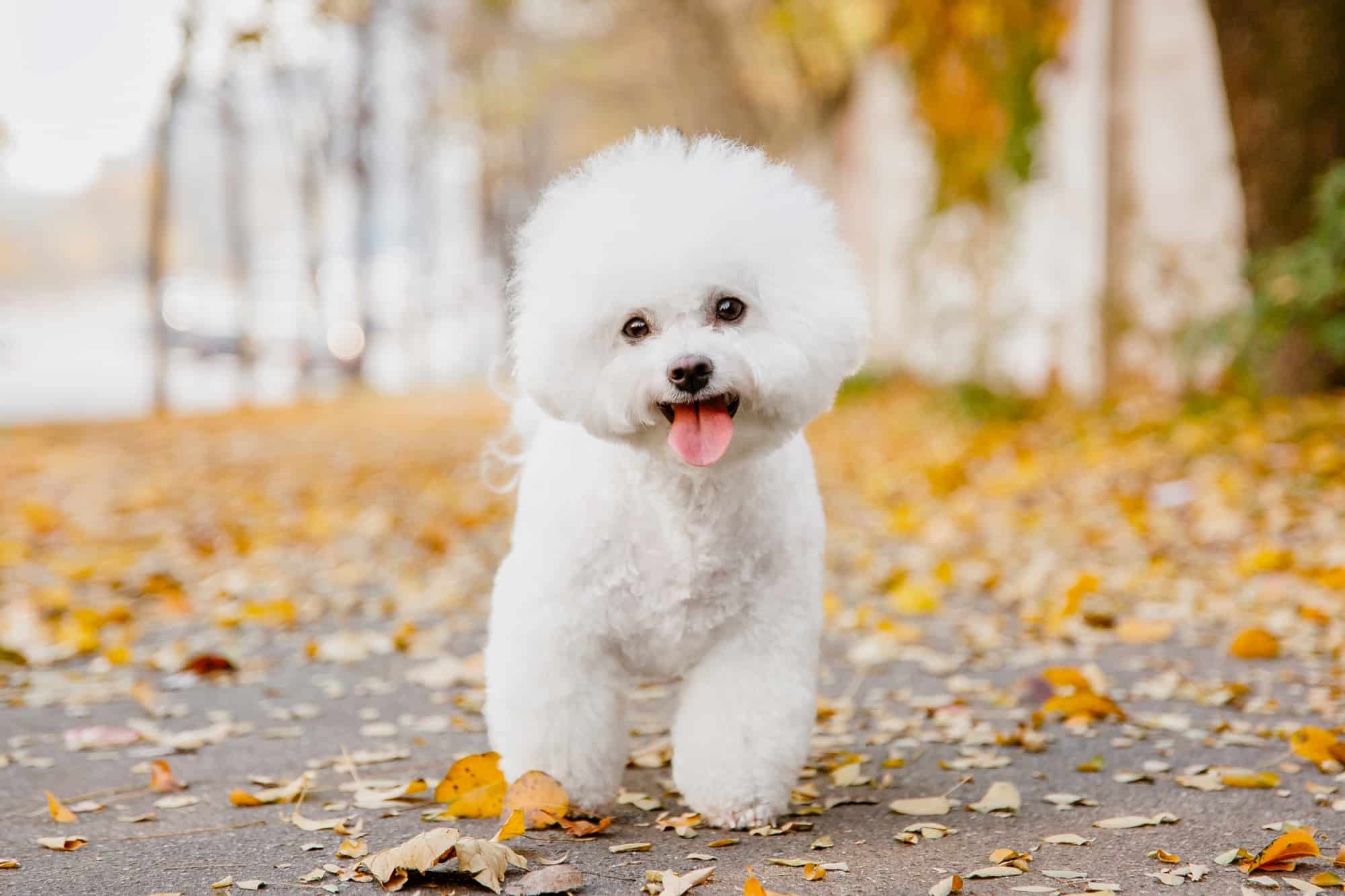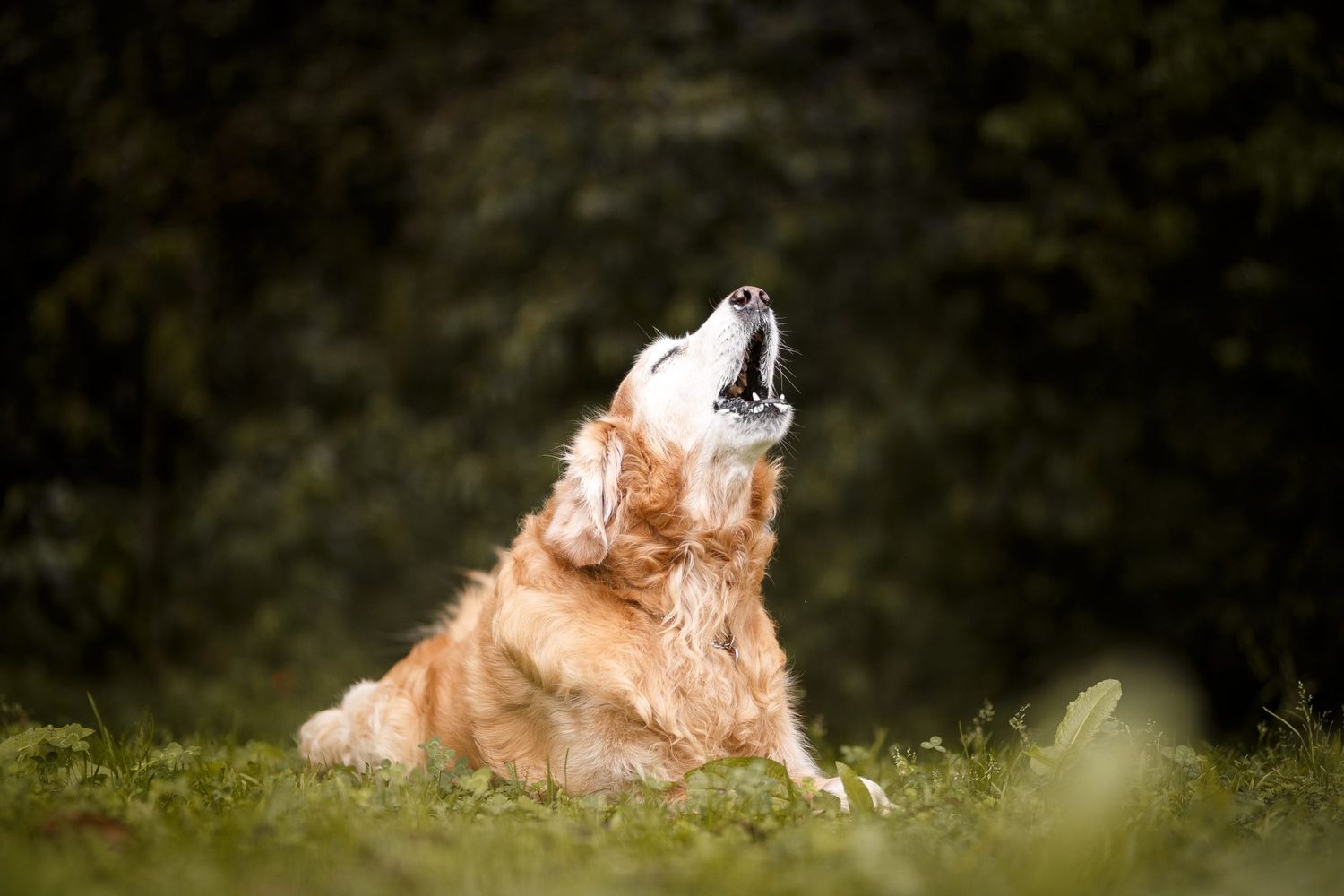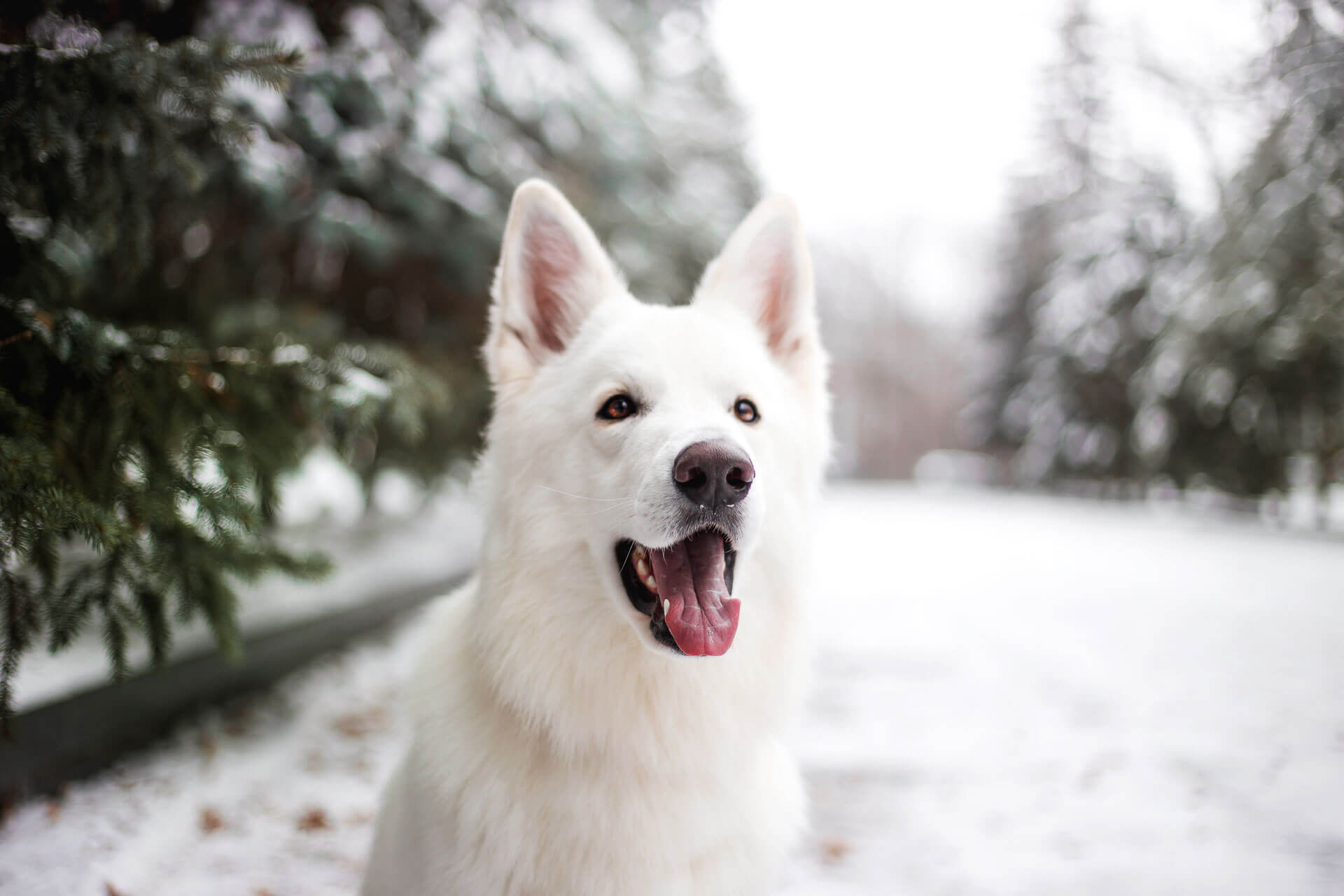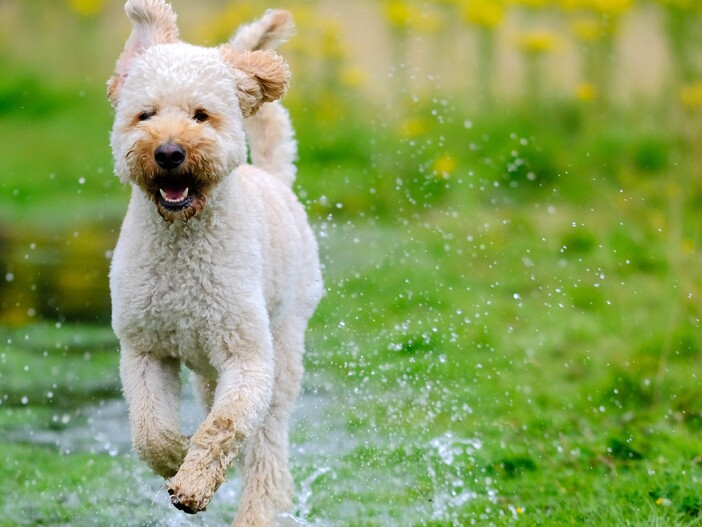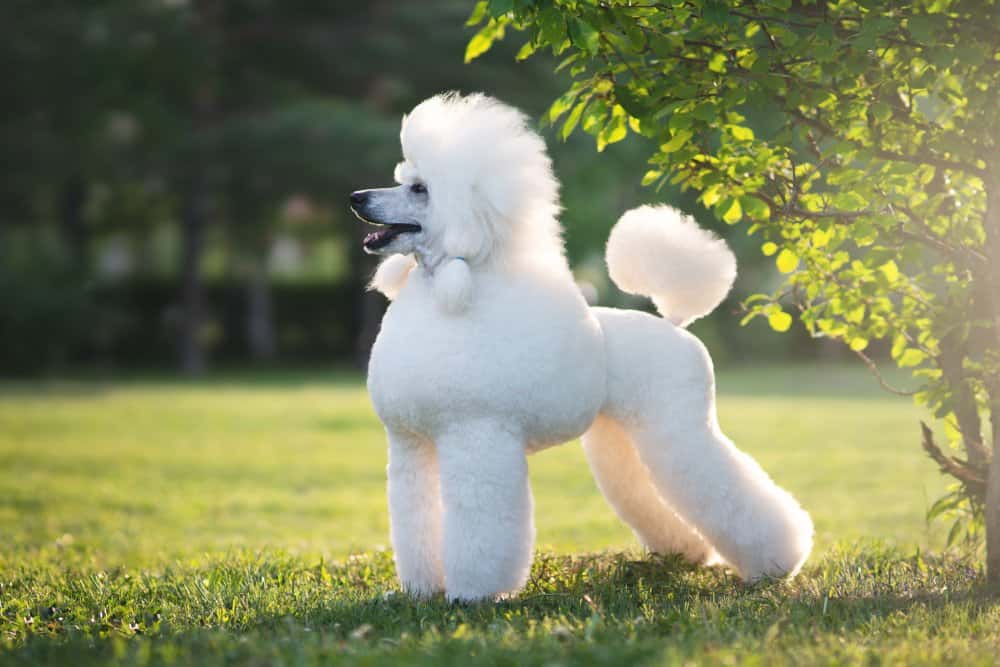Herding dogs are a group of working dogs that were originally bred to gather, herd, and protect livestock such as sheep or cattle.
These breeds are intelligent, lively, and make fine family pets or obedience competitors. They are quick and agile, able to work on any terrain, and well-suited for short bursts of high speed.
You are reading: 12 Types Of Herding Dogs
Members of this group are also very intelligent and have a strong drive to work. There are many different breeds of herding dogs, each with its own unique characteristics. In this article, we will explore 12 of the most popular herding dog breeds and their attributes.
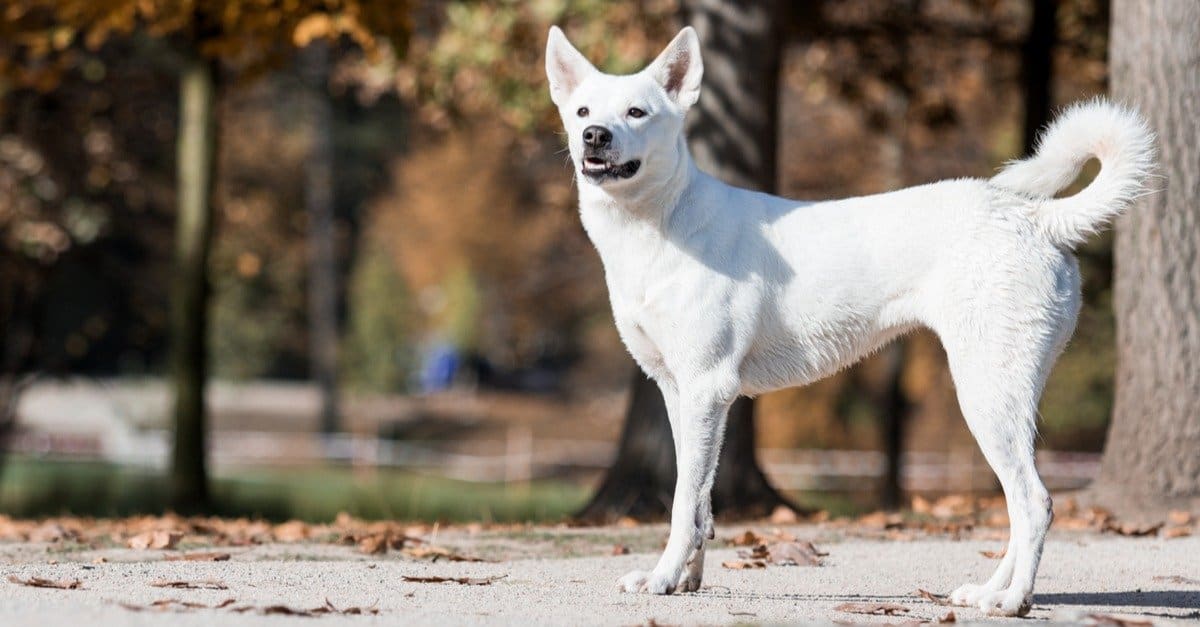
12 Types Of Herding Dogs
German Shepherd
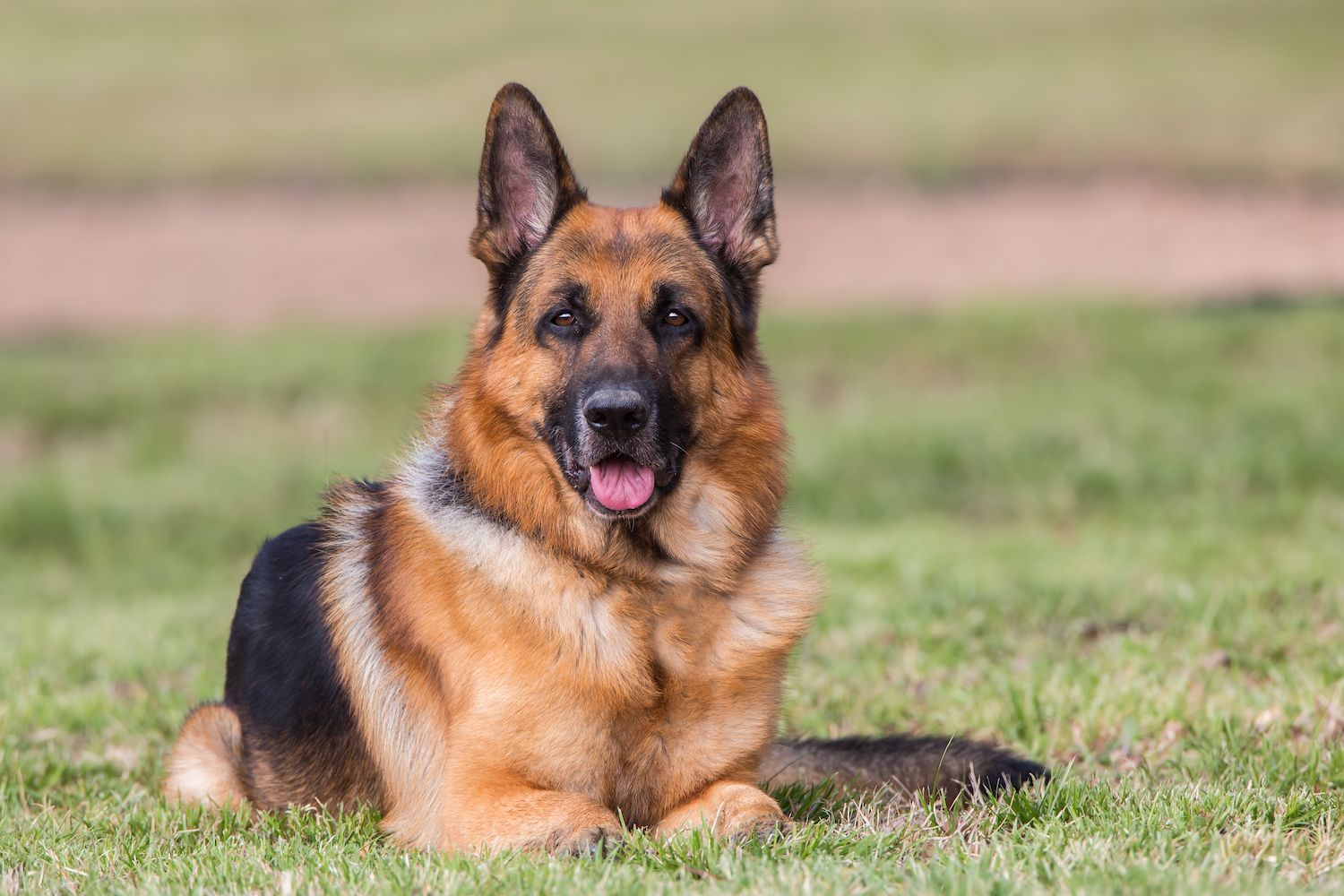
German Shepherds are a breed of working dogs that are known for their intelligence, agility, and noble character. They were originally bred in Germany by Max von Stephanitz in 1899 using various traditional German herding dogs.
German Shepherds were initially developed as herding dogs for sheep, but they have since been used in many other types of work, including disability assistance, search-and-rescue, police work, and warfare. They are also commonly kept as companion dogs.
German Shepherds are prototypical herding dogs and are known for their innate instincts, which allow them to easily manage and protect flocks of over 100 sheep. However, unlike Border Collies, German Shepherds do not have the “eye” and the ability to control sheep from a distance.
Border Collie
The Border Collie is a medium-sized breed of herding dog that is known for its intelligence, agility, and high energy levels. They were originally bred in the hilly border country between Scotland and England to gather and control sheep.
Border Collies are highly trainable and excel in various canine sports, including obedience, flyball, agility, tracking, and flying disc competitions. They are also known for their intense stare, or “eye,” which they use to control their flock.
Border Collies are happiest when they are working or playing and require a lot of physical and mental stimulation. They are extremely energetic dogs and must have the opportunity to get lots of exercise.
If confined without activity and company, these dogs can become unhappy and destructive. Border Collies are best suited for country living and active households with experienced dog parents who have ample time to train, walk, and play with their pet.
Australian Cattle Dog
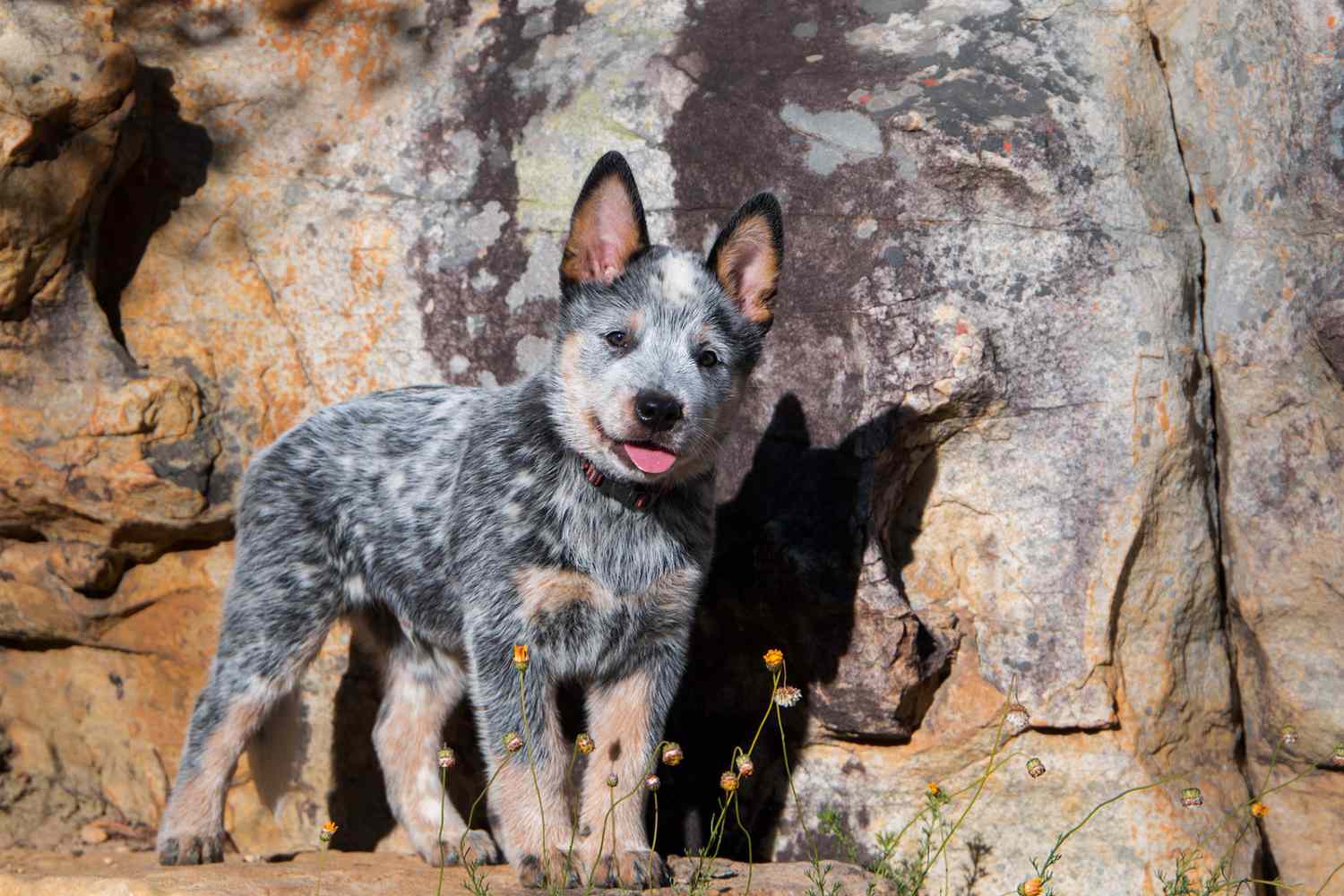
The Australian Cattle Dog, also known as the Blue Heeler or Red Heeler, is a medium-sized breed of herding dog that was developed in Australia for droving cattle over long distances across rough terrain.
This breed is known for its intelligence, loyalty, and high energy levels. Australian Cattle Dogs are muscular and compact, with short, dense coats that come in two main color forms: red speckle and blue. They are agile, well-muscled, and powerful, with straight, strong front legs and round feet.
Australian Cattle Dogs are courageous, tireless, and determined while working, and they thrive on having a job to do. They are still used today as herding dogs and do well in various canine sports, including agility, obedience, rally, flyball, and flying disc competitions.
Australian Cattle Dogs are loyal and protective of their families, though wary of outsiders. They require a lot of mental and physical activity to stay happy and healthy and can become bored and destructive if not given enough stimulation.
Australian Cattle Dogs are best suited for active households with plenty of room to run and experienced dog parents who can keep up with their high energy levels.
Old English Sheepdog
Read more : Why Does My Dog Lick My Other Dogs Penis?
The Old English Sheepdog is a large breed of dog that originated in England from early types of herding dogs. This breed is also known as the Bobtail or Shepherd’s Dog. The Old English Sheepdog is immediately recognizable by its long, thick, shaggy grey and white coat, with fur covering their face and eyes.
Historically, the breed’s tail was commonly docked, but tailed Old English Sheepdogs are now common, as many countries have outlawed cosmetic docking. The breed is strong, compact, and square, with a deep and broad chest.
Old English Sheepdogs are intelligent, playful, sociable, and obedient. They are affectionate with all members of their families and can fit in well with apartment life, as long as they get enough exercise from walks and play sessions.
The breed is known for its adaptability, sense of humor, and mellow temperament. Old English Sheepdogs require a lot of grooming to maintain their long, double coat, which can be straight or wavy.
Pembroke Welsh Corgi
The Pembroke Welsh Corgi is a small breed of herding dog that originated in Pembrokeshire, Wales. They are one of two breeds known as Welsh Corgis, the other being the Cardigan Welsh Corgi.
Pembroke Welsh Corgis are known for their friendly and playful personality, and they make great family pets. They are intelligent dogs and are relatively easy to train.
Corgis are also very active and require plenty of exercise. They are known for their herding instincts and may try to herd people or other animals.
Pembroke Welsh Corgis are famous as the preferred breed of Queen Elizabeth II, who owned more than 30 Royal corgis during her reign. Although these dogs have been favored by British royalty for more than seventy years, among the British public, they have recently fallen into decline in terms of popularity and demand.
However, they remain very popular in the United States, where cities such as New York, Boston, Los Angeles, and San Francisco hold annual “Corgi Meetups” in which hundreds of dogs and their owners congregate to spend the day.
Australian Shepherd
The Australian Shepherd is a breed of herding dog that was developed in California in the 19th century, although it has its origins in Asturias, in the northwest of Spain. The breed was unknown in Australia at the time, but it reportedly took its name from the sheep and collies imported from Australia and New Zealand.
Australian Shepherds are highly intelligent, active, and muscular dogs with natural herding instincts. They are medium-sized, with a moderately long, double coat that can be straight or wavy.
Aussies are typically eager to please and easy to train, making them well-suited for a variety of activities, such as agility, obedience, and herding. They are also very good with children and other pets.
Australian Shepherds are known for their exceptional herding abilities and gained favor among American ranchers. Beyond their proficiency in guiding bulls, these Aussies showcased their aptitude by seamlessly executing an array of tricks and maneuvers.
Australian Shepherds are high-energy dogs that love to have a job and require plenty of exercise. They are also known for their natural bobtail, which can be docked or left intact.
Shetland Sheepdog
The Shetland Sheepdog, also known as the Sheltie, is a breed of herding dog that originated in the Shetland Islands of Scotland. They are known for their intelligence, loyalty, and elegance.
Shelties are small to medium-sized dogs with a long, straight coat that comes in several color combinations. They are quick learners and possess an innate desire to please their parents, making them highly adaptable and capable of handling advanced tasks.
Shelties are ideal candidates for dog sports and competitions. They are also sensitive and loving toward their family members and make great family pets.
Read more : Top 10 Cheapest Dogs
Shelties require plenty of exercise and mental stimulation to stay happy and well-behaved. They need “mental exercise” such as advanced obedience, agility, herding, or challenging games to keep them mentally stimulated. Shelties are easy to train if you have a calm voice and a light hand on the leash.
Beauceron
The Beauceron is a herding dog breed that originated from the plains of Central France. It is also known as Berger de Beauce or Bas Rouge. Here are some facts about the Beauceron breed:
Appearance:
– The Beauceron is a large, athletic, working dog with a slightly longer body than height.
– The head is long and in proportion with the body, with a narrow, pointed or excessively broad muzzle.
– The eyes are dark brown, horizontal, and slightly oval.
– The ears are half-pricked or drop, set high, and either cropped or left natural.
– The coat is double, with a downy undercoat and a short outer coat that is medium length.
– The coat comes in black and tan or harlequin.
Personality:
– The Beauceron is loyal, protective, and makes a good watchdog and guard dog.
– They are protective of their people and property and tend to be a dominant breed.
– The breed is highly intelligent, obedient, and eager to please, making them excellent at obedience training.
– They are brave, willing to please, and quick to understand.
– The Beauceron is a working dog and requires plenty of exercise and mental stimulation.
History:
– The Beauceron is a French herding breed known for centuries in western Europe.
– It is noted as one of the breeds used to create the Doberman Pinscher.
– The Beauceron and the Briard, a long-haired sheepdog, stem from similar ancestral stock, sharing the trait of double dewclaws on the hind legs.
– Both breeds were used to herd sheep and cattle.
Belgian Laekenois
The Belgian Laekenois is a medium-sized breed of herding dog that originated in Belgium. It is the rarest of the four Belgian sheepdogs. Here are some facts about the Belgian Laekenois breed:
Appearance:
– The Belgian Laekenois has a sturdy and well-proportioned body with a squarely shaped appearance when viewed from the side.
– The coat is double, with a wiry, rough outer coat and a dense undercoat.
– The coat comes in shades of red or fawn, sometimes with traces of black on the muzzle and tail.
– The ears are triangular in shape, set high on the head, and either cropped or left natural.
– The eyes are medium-sized, almond-shaped, and dark with rims that contrast with lighter colored hair.
Personality:
– The Belgian Laekenois is a hard-working shepherd dog with a rumpled-looking coat and an affectionate personality.
– They are loyal, protective, and make good watchdogs and guard dogs.
– The breed is highly intelligent, obedient, and eager to please, making them excellent at obedience training.
– They are brave, willing to please, and quick to understand.
– Belgian Laekenois are active dogs and require plenty of exercise and mental stimulation.
History:
– The Belgian Laekenois was originally bred to herd sheep at the Laken Castle in Brussels in the 1880s.
– The breed recently gained international recognition and holds the distinction of being the rarest among the four Belgian Shepherds.
– The Laekenois distinguishes itself from other Belgian Shepherds in terms of coat color, texture, length, and region of origin.
– When considering a Belgian Laekenois, it’s advisable to prioritize adopting from rescue organizations or shelters to provide a loving home to a dog in need.
Berger Picard
The Berger Picard, also known as the Picardy Shepherd, is a French herding dog that nearly became extinct after both World War I and World War II. Here are some key facts about the Berger Picard breed:
Appearance:
– The Berger Picard is a medium-sized, well-muscled dog, slightly longer than tall with a tousled yet elegant appearance.
– Their ears are naturally erect, high-set, and quite wide at the base.
– Their eyebrows are thick, but do not shield their dark frank eyes.
– Their natural tail normally reaches to the hock and is carried with a slight J-curve at the tip.
– Their weather-proof coat is harsh and crisp to the touch, not excessively long with a minimal undercoat.
– Coat colors fall into two colors, fawn and brindle, with a range of shade variations.
Personality:
– The Berger Picard is highly intelligent, which makes it a quick learner and adept problem solver.
– They eagerly engage in training and mental challenges.
– Loyalty and affection are hallmarks of the breed.
– They tend to be reserved with strangers but form strong bonds with their families.
– Their herding instincts may lead them to be watchful and protective, making them good watchdogs.
– Early socialization and consistent training are essential to ensure they grow into well-rounded and well-behaved pets.
History:
– The Berger Picard is one of the oldest and rarest French herding dogs.
– The breed can be recognized by its shaggy coat, trademark erect, wedge-shaped head, and expressive, dark almond-shaped eyes.
– Farmers primarily used the breed for herding livestock, including sheep and cattle.
– Despite their rustic and independent nature, Berger Picards are affectionate and loyal companions.
– The breed requires a lot of exercise and mental stimulation.
Canaan Dog
The Canaan Dog is a breed of pariah dog that is believed to be the oldest breed of its kind still existing and abundant across the Middle East. Here are some key facts about the Canaan Dog breed:
Appearance:
– The Canaan Dog is a medium-sized dog with a wedge-shaped head, erect ears, and a bushy tail.
– They have a double coat that is harsh and lies flat, with a slight roughness, and a straight undercoat.
– The coat comes in shades of fawn, red, black, and white, with or without black markings.
– The eyes are almond-shaped and come in shades of hazel.
– The ears are erect and mobile.
Personality:
– The Canaan Dog is highly intelligent, adaptable, and capable of thriving in apartment living as long as their exercise needs are met.
– They are loyal, protective, and make good watchdogs and guard dogs.
– The breed is highly trainable, but they can display occasional stubbornness, making positive reinforcement a key to unlocking their eagerness to please.
– They are remarkably adaptable and can participate in dog sports like conformation, agility, and obedience.
– With the right approach, the Canaan Dog can be a devoted pup that embraces modern life while honoring its ancient heritage.
History:
– The Canaan Dog is believed to have thrived in Israel’s desert for millennia and was used by Hebrews in biblical times to herd and safeguard their flocks and settlements.
– The breed nearly became extinct after both World War I and World War II.
– The Canaan Dog is the national dog of Israel.
– They require consistent training and firm leadership, given their historical background as pack animals.
– The Canaan Dog is an active breed that requires moderate exercise each day to stay healthy and happy.
Belgian Malinois
The Belgian Malinois is a breed of medium-sized herding dog from Belgium. While predominantly considered a single breed, it is bred in four distinct varieties based on coat type and color; the long-haired black Groenendael, the rough-haired fawn Laekenois, the short-haired fawn Malinois, and the long-haired fawn Tervuren.
In the United States, the American Kennel Club considers the four varieties to be separate breeds. Belgian Malinois are squarely built, proud, and alert herders standing 22 to 26 inches. They are strong and well-muscled, but more elegant than bulky, with an honest, no-frills expression.
Belgian Malinois are high-energy dogs that thrive on physical activity. They possess remarkable stamina and require regular exercise to keep them mentally and physically stimulated. Despite their high energy levels, Belgian Malinois can adapt well to different living environments.
While they appreciate having space to move around, they can adjust to apartment living as long as they receive sufficient exercise and stimulation. However, it’s important to note that these dogs thrive when they have a job to do.
A sedentary lifestyle does not suit them. Belgian Malinois are highly intelligent, adaptable, and capable of thriving in apartment living as long as their exercise needs are met. They are loyal, protective, and make good watchdogs and guard dogs.
The breed is highly trainable, but they can display occasional stubbornness, making positive reinforcement a key to unlocking their eagerness to please.
FAQS
1. What are herding dogs?
Herding dogs are a group of working dogs that were originally bred to gather, herd, and protect livestock such as sheep or cattle.
2. What are some common traits of herding dogs?
Herding dogs are intelligent, energetic, and need plenty of exercise. They are also known for their strong herding instincts, which can sometimes lead them to gently herd their owners, especially children.
3. How many types of herding dogs are there?
There are at least 30 types of herding dogs in the world.
4. What are some popular breeds of herding dogs?
Some popular breeds of herding dogs include the German Shepherd, Border Collie, Australian Cattle Dog, Old English Sheepdog, Pembroke Welsh Corgi, Australian Shepherd, Shetland Sheepdog, Beauceron, Belgian Laekenois, Berger Picard, Canaan Dog, and Belgian Malinois.
5. What are some activities that herding dogs excel in?
Herding dogs excel in various canine sports, including obedience, flyball, agility, tracking, and flying disc competitions.
6. What kind of training do herding dogs require?
Herding dogs require consistent training and firm leadership, given their historical background as pack animals. Early socialization and consistent training are essential to ensure they grow into well-rounded and well-behaved pets.
7. What kind of living environment is best for herding dogs?
Herding dogs are highly adaptable and can participate in dog sports like conformation, agility, and obedience. While they appreciate having space to move around, they can adjust to apartment living as long as they receive sufficient exercise and stimulation. However, it’s important to note that these dogs thrive when they have a job to do. A sedentary lifestyle does not suit them.
Source: https://petstutorial.com
Category: DOGS


